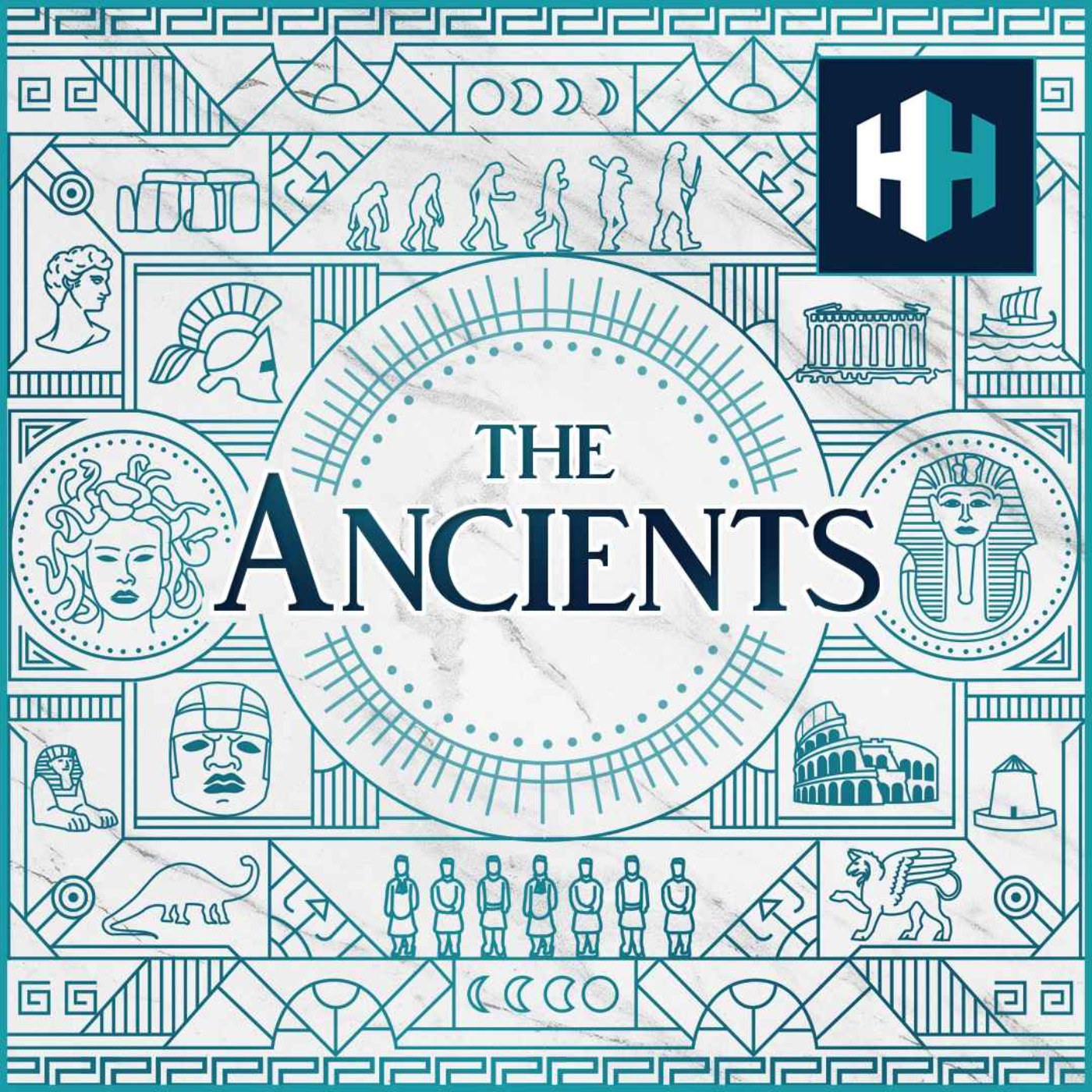
In 79 AD, Mount Vesuvius unleashed devastation on the Roman world, burying entire towns beneath volcanic ash. While Pompeii is world-famous, another extraordinary site met the same fate - Herculaneum.In this episode of The Ancients, Tristan Hughes is joined by Professor Andrew Wallace-Hadrill to explore the incredible remains of this lesser-known Roman town. From lavish seaside villas and multi-story apartments to ancient fast-food stalls and bathhouses, Herculaneum offers an intimate glimpse into daily Roman life. Plus, we uncover the groundbreaking AI technology being used to decipher the carbonised scrolls found in its famed Villa of the Papyri.For more on this topic listen to our four-part series on Pompeii and Vesuvius:Pompeii: Life Before the Eruption: https://open.spotify.com/episode/3oIGA40brXolaPU9e3warcSex Work in Pompeii:https://open.spotify.com/episode/2k5CQDHXHmIRKCmu4kk9SBGladiators of Pompeii:https://open.spotify.com/episode/4c34S92PPQadej45S4F6cZPompeii: The Eruption of Vesuvius: https://open.spotify.com/episode/6IyQp6PYBrMwbFNWU33nqFPresented by Tristan Hughes. Audio editor is Aidan Lonergan, the producer is Joseph Knight. The senior producer is Anne-Marie Luff.All music courtesy of Epidemic SoundsThe Ancients is a History Hit podcast.Sign up to History Hit for hundreds of hours of original documentaries, with a new release every week and ad-free podcasts. Sign up at https://www.historyhit.com/subscribe. You can take part in our listener survey here: https://insights.historyhit.com/history-hit-podcast-always-on
No persons identified in this episode.
No transcription available yet
Help us prioritize this episode for transcription by upvoting it.
Popular episodes get transcribed faster